Impact of Office of Indian Energy Investments in Tribal Energy Projects, 2010–2024
- More than 250 Tribal energy projects funded
- Added 63 megawatts of power generation to Tribal lands
- Initiated saving $535 million over the life of the projects
- Nearly 11,000 Tribal buildings affected
- $3.38 saved for every DOE dollar invested.
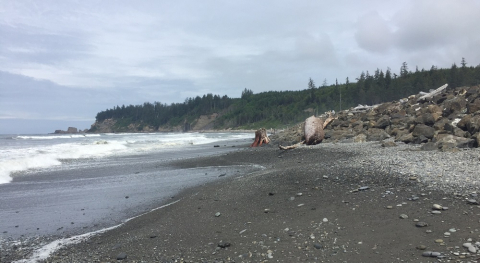
The Tribe is working to develop a master plan for the relocation, with funding provided through a grant.
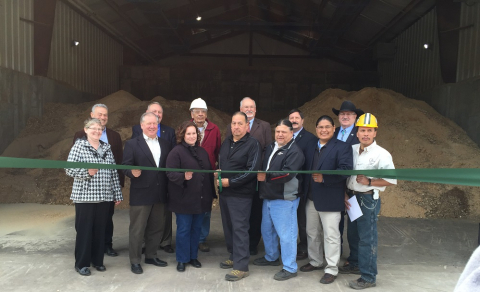
On April 20, 2016, Menominee Tribal Enterprises (MTE) celebrated the official opening of its biomass combined heat and power (CHP) district energy ...
The Agua Caliente Band of Cahuilla Indians in the Palm Springs area of California is a shining example of the type of leadership tribes can provide...
The Yukon River Inter-tribal Watershed Council (YRITWC) is a coalition of sovereign tribal and First Nations governments founded in 1997 to increase indigenous communities' resiliency in the Yukon River Basin. In 2009, the YRITWC partnered with the Col...
The Southern Ute Indian Tribe has achieved a major milestone toward developing a roughly 1-megawatt solar photovoltaic (PV) system that will genera...
In early November 2015, with assistance from START members, Shishmaref completed a 2.4-kilowatt wind project funded by a DOE grant.
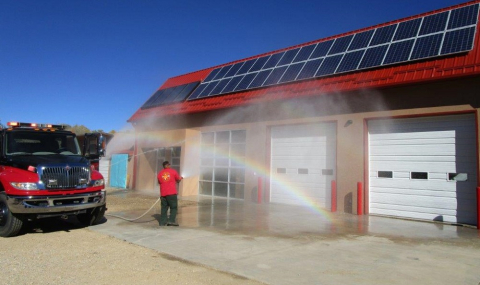
The Picuris Pueblo built its first net zero energy building, a solar-powered fire station and renovated gymnasium with the help of DOE.
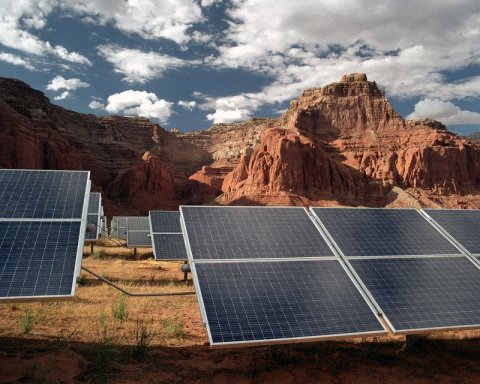
Under the Navajo-Hopi Land Settlement Act of 1974 for the Paragon-Bisti Ranch was set aside for the benefit of Navajo families (relocatees) living ...
Seeking to reduce its reliance on imported diesel fuel and to lower operating costs, increase quality of life, and serve as a model of self-suffici...
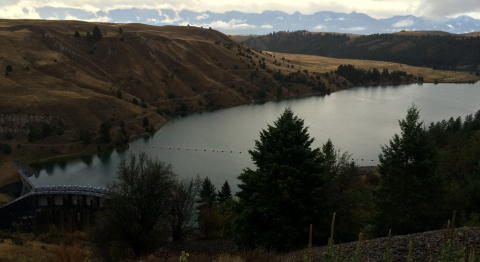
A short interview with Brian Lipscomb, president and CEO of Energy Keepers, Inc., who manages the Confederated Salish and Kootenai Tribes’ dam.

